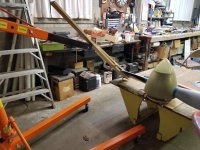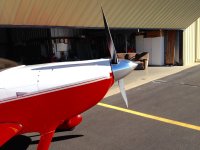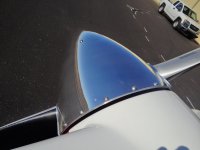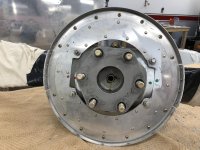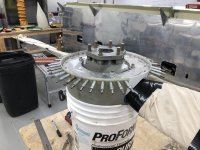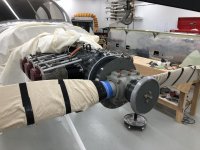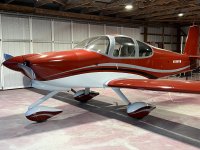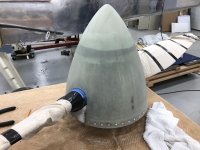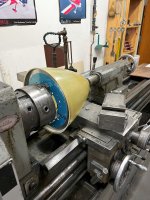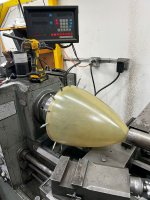wirejock
Well Known Member
Anyone have tips or tricks for fitting a Vans Spinner to a Hartzel CS prop?
-The big cutouts?
-The nutplates? I did find a couple threads.
-Gotchas?
Mine is not gel coated. Thank goodness. Hate that stuff. I should be able to target wirh a strong light.
The manual is fine and I plan to follow it but the "collective" always seems to find a better way to build the proverbial mousetrap.
-The big cutouts?
-The nutplates? I did find a couple threads.
-Gotchas?
Mine is not gel coated. Thank goodness. Hate that stuff. I should be able to target wirh a strong light.
The manual is fine and I plan to follow it but the "collective" always seems to find a better way to build the proverbial mousetrap.



